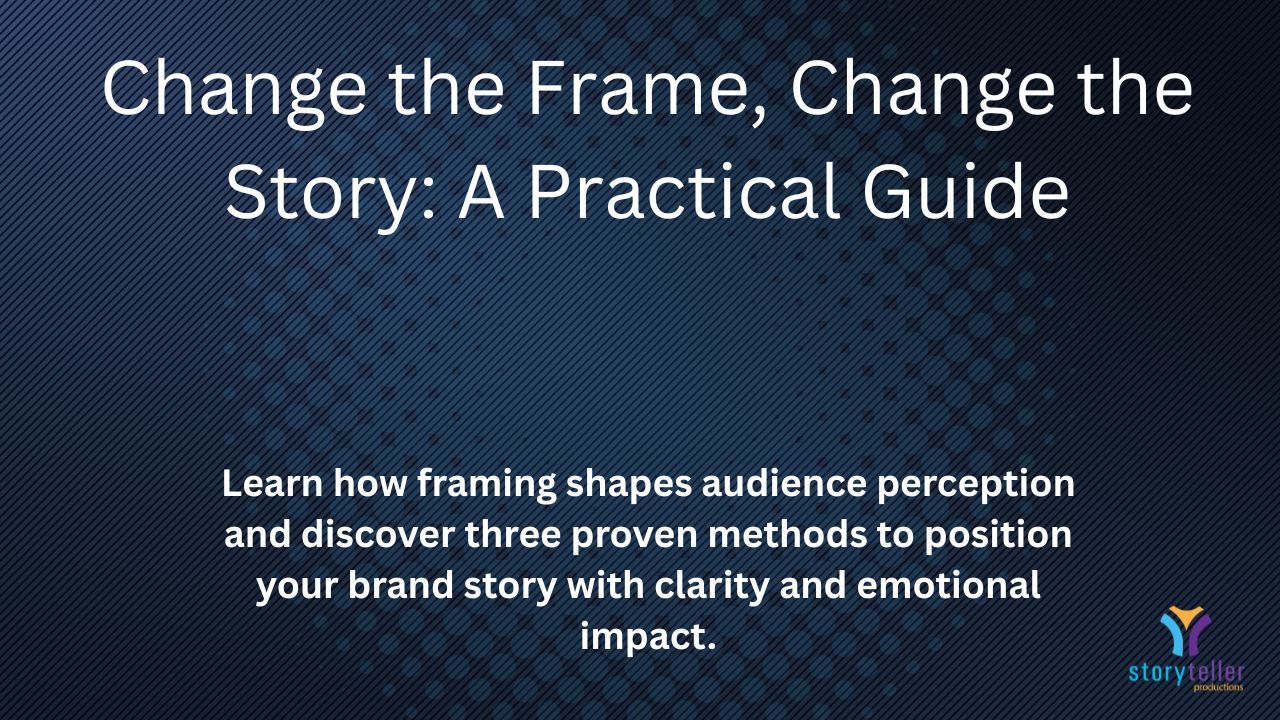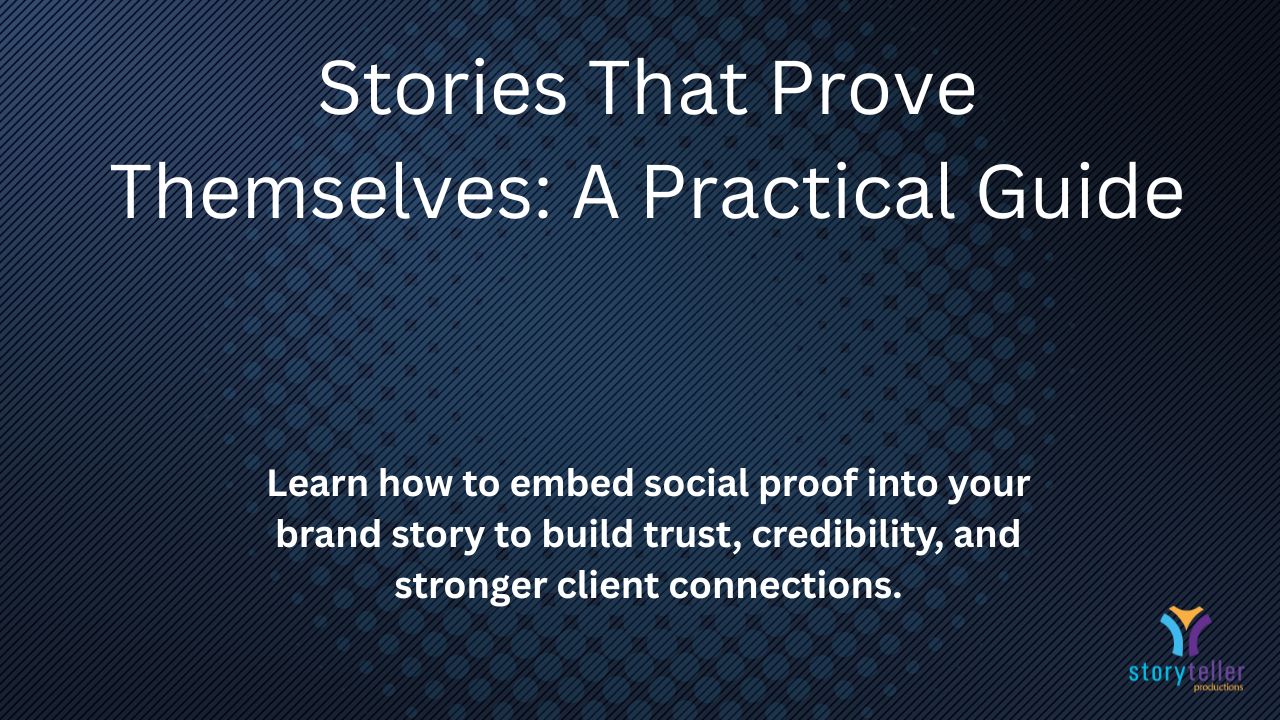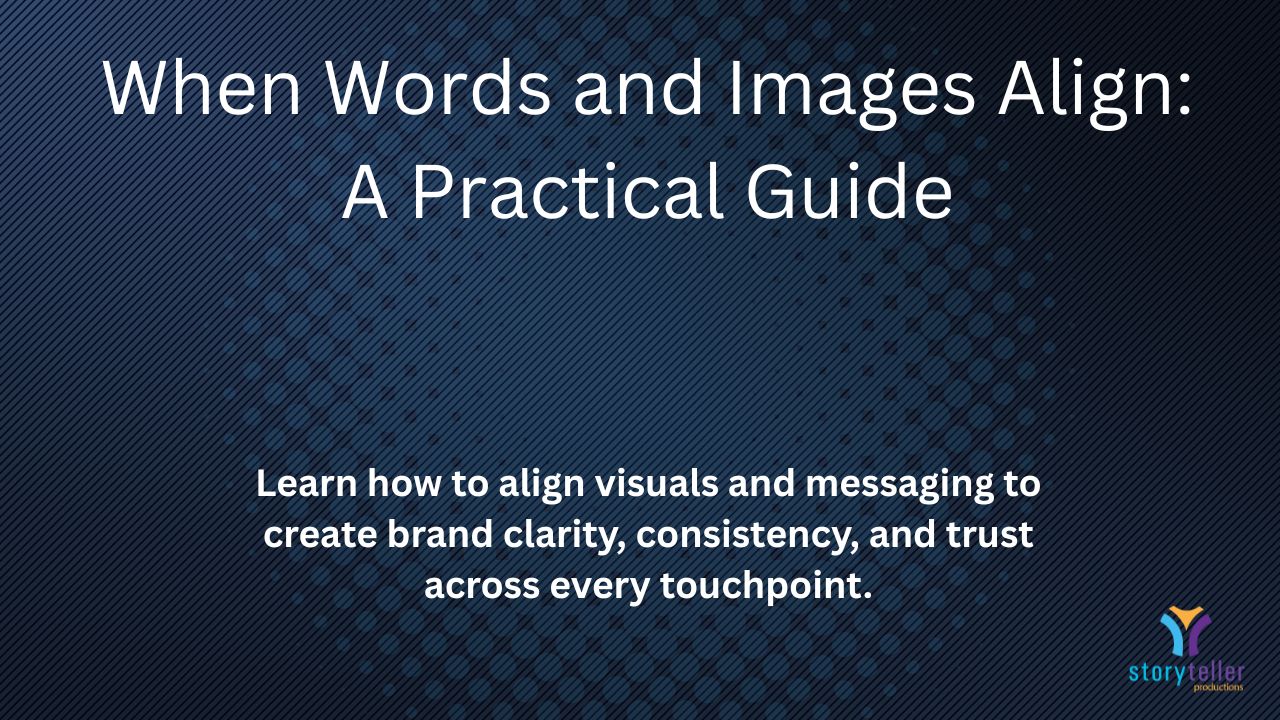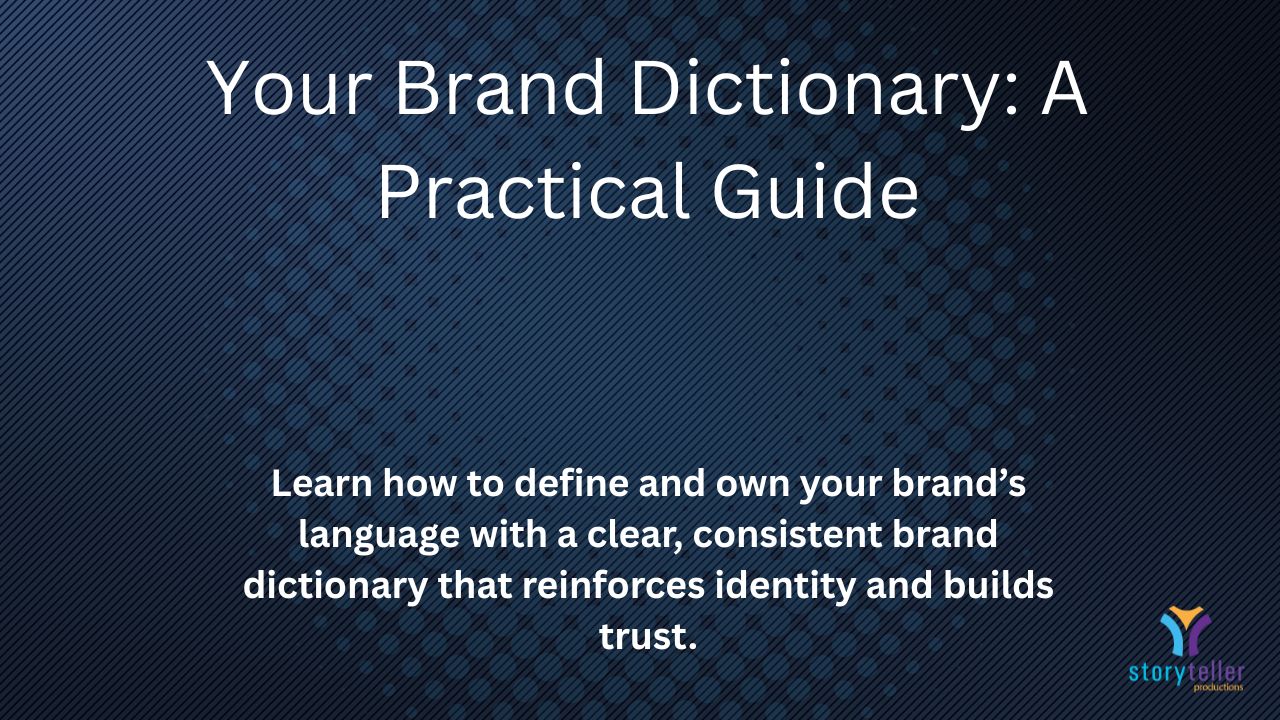Good Conflict, Great Stories: A Practical Guide
Most people avoid conflict. It feels messy. Uncomfortable. Risky.
But in storytelling, conflict is exactly what pulls people in. It’s the heartbeat that keeps an audience engaged, the tension that makes them lean forward and wonder, “What happens next?”
The challenge isn’t whether to use conflict — it’s how to use it well. Handled carelessly, conflict can erode trust or feel like manufactured drama. But framed thoughtfully, it creates intrigue, builds credibility, and shows the truth of your story.
This guide explores how to harness conflict as a storytelling tool without losing authenticity — so you can connect, captivate, and earn trust.
Why Conflict Matters
Conflict is what makes a story move. Without it, your narrative is flat — just a list of facts. With it, your story becomes alive, relatable, and memorable.
There are three primary types of conflict you can use:
1. Character vs. Self
Internal struggles reveal humanity. They make your audience think, “I’ve been there.”
- Example: A founder deciding between quick profit and long-term purpose.
- Why it works: Internal battles showcase values, integrity, and growth.
2. Character vs. Character
Opposing forces create tension and stakes.
- Example: Two tech companies: one pushing radical innovation at all costs, the other championing user privacy.
- Why it works: Conflict between characters dramatizes competing worldviews your audience already cares about.
3. Character vs. Environment
External challenges bring resilience and adaptability into focus.
- Example: A small business pivoting during the pandemic to survive.
- Why it works: These conflicts show grit and resourcefulness in the face of forces beyond control.
How to Craft With Conflict
Step 1: Define the Right Conflict
Ask: what tension best illuminates the message I want to share?
- Ethical leadership? → Character vs. Self.
- Industry innovation? → Character vs. Character.
- Resilience and adaptation? → Character vs. Environment.
Step 2: Build Relatable Characters
Audiences invest in people, not abstract ideas. Flesh out motivations, vulnerabilities, and stakes.
Step 3: Raise the Stakes
If nothing important is at risk, there’s no reason to care. Show what could be lost — or gained.
Step 4: Protect Trust
Conflict doesn’t mean sensationalism. Avoid overdramatizing or fabricating tension. Instead, lean into authenticity. Audiences trust what feels real.
Real-World Examples
- Brand under fire: When a well-known company faced backlash over an ethical misstep, they didn’t bury the conflict. They addressed it openly, shared their internal struggles, and recommitted to transparency. Instead of eroding trust, the conflict deepened it.
- Thought leader vulnerability: A speaker who shared a story of failure and self-doubt (character vs. self) connected more deeply than if they’d only shared wins. Audiences don’t just admire the triumph — they respect the honesty of the struggle.
Actionable Insights
- Find the conflicts your audience cares about. Surveys, comments, or conversations will reveal the struggles they recognize in themselves.
- Use proven frameworks. Hero’s Journey, Freytag’s Pyramid, and other arcs give structure to your tension.
- Test your story. Share with a small group first. Refine based on what feels authentic and what feels forced.
Closing Thought: Embrace the Tension
Conflict is not chaos. It’s the energy that makes a story worth telling.
Handled well, conflict doesn’t erode trust — it builds it. Because your audience sees not just the shiny outcome, but the messy middle. And that’s where true connection lives.
Reflection Question: What conflict in your own story could reveal both your humanity and your credibility — if you had the courage to tell it?




